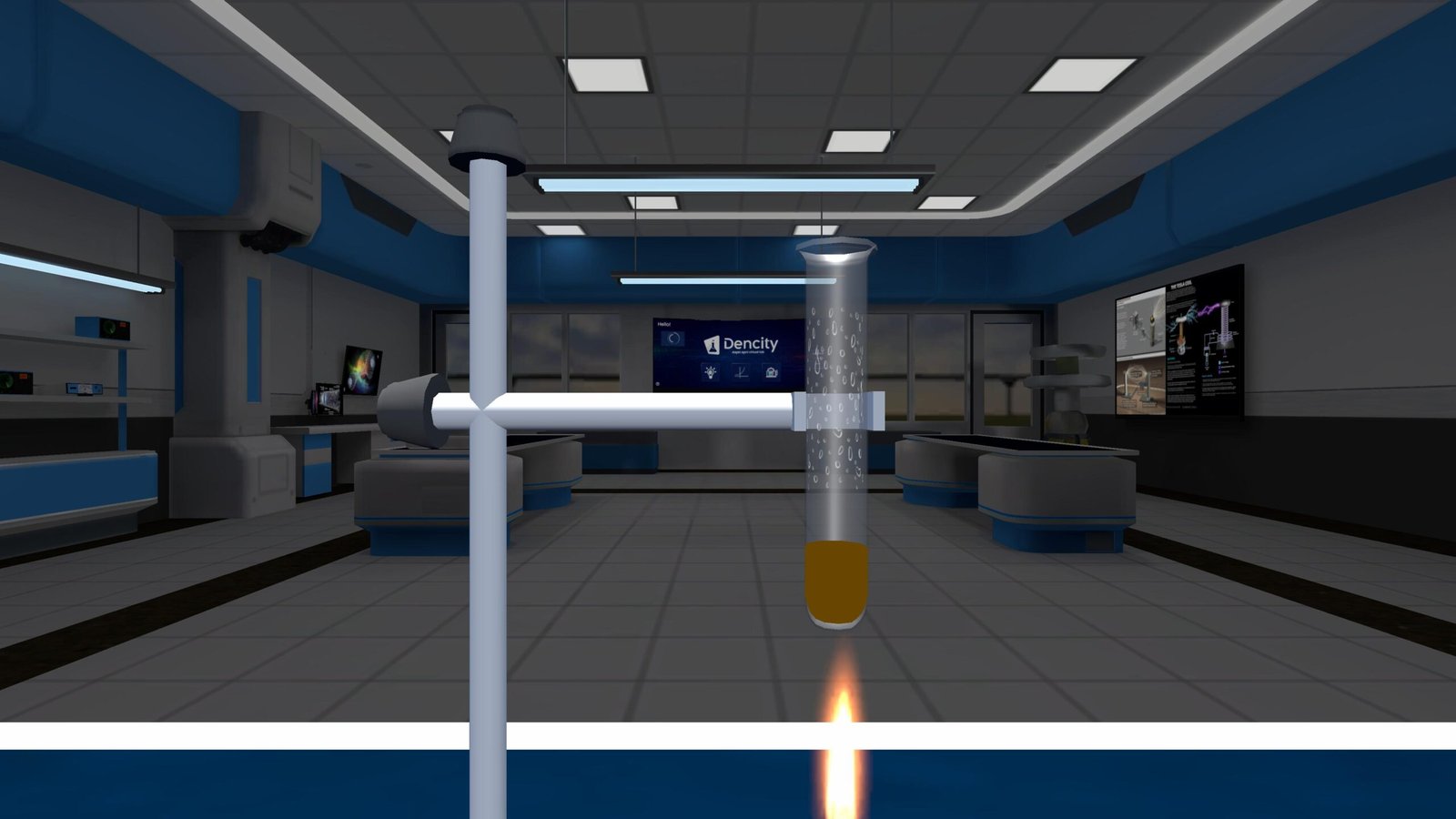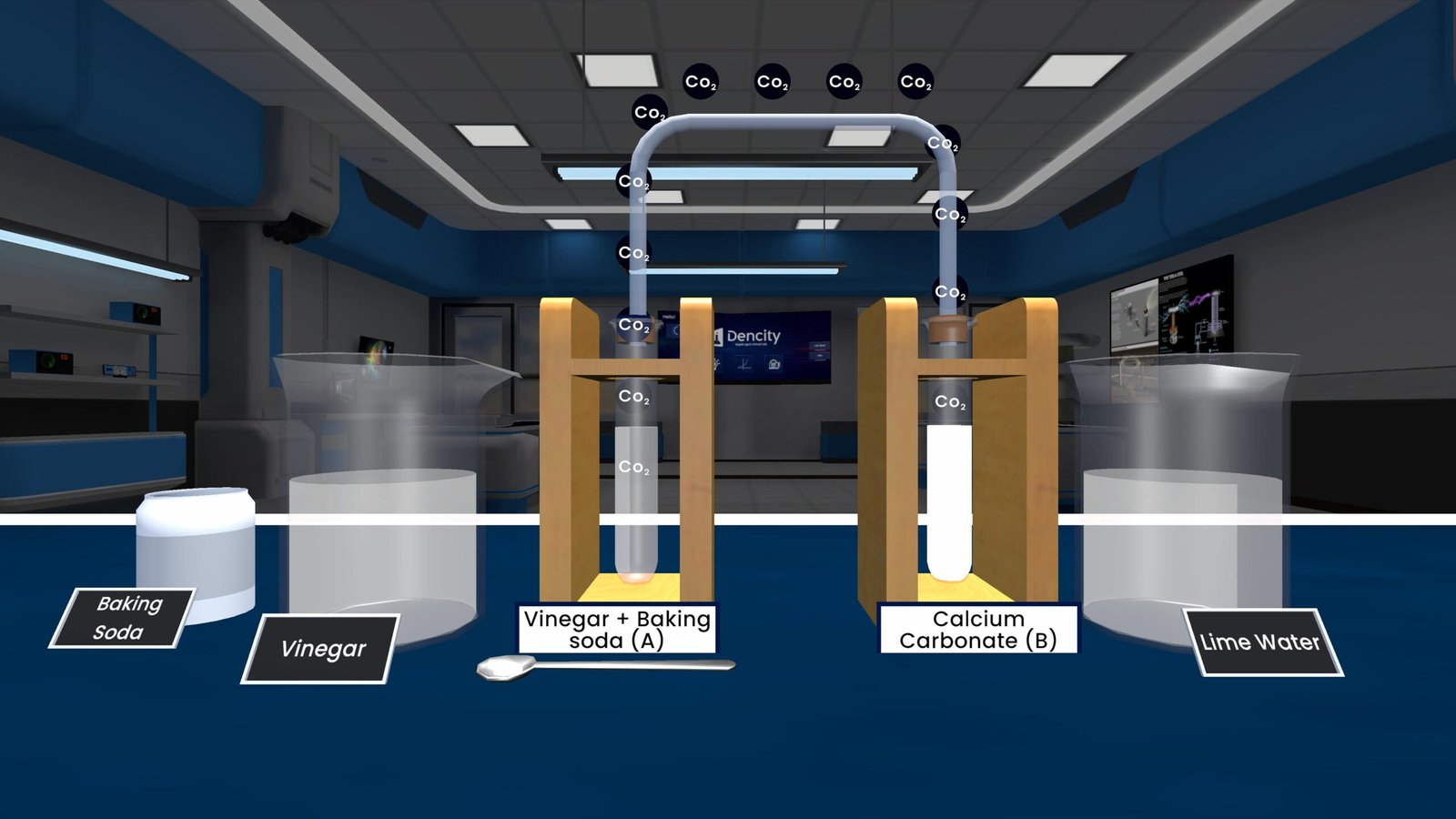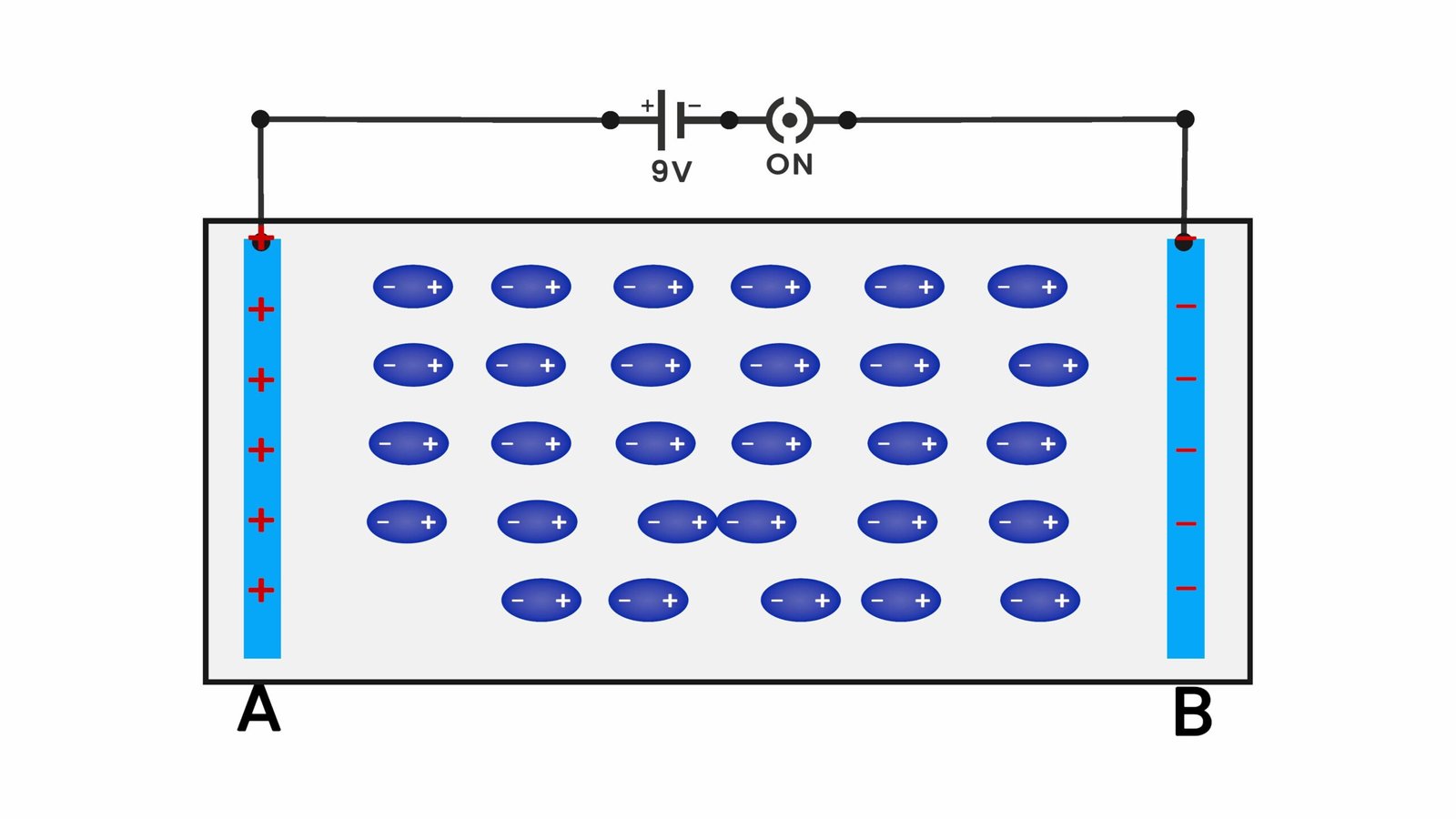Straight-Line Motion: Understanding Distance and Displacement (Class 9 Science)
Straight-line motion describes the movement of an object in a single, straight direction. This is one of the simplest types of motion and forms the basis for understanding more complex physics concepts.
What Is Straight-Line Motion?
When an object moves in a straight path, it is said to be in straight-line or rectilinear motion. For example, a car driving along a straight road or a person walking down a corridor.
Key Concepts: Distance and Displacement
- Distance: This is the total path covered by an object. It is a scalar quantity, which means it has only magnitude (size) and no direction. Distance is always positive.
- Displacement: This is the shortest path from the starting point to the ending point. It is a vector quantity, meaning it has both magnitude and direction. Displacement can be positive, negative, or zero depending on the movement’s direction.
Comparison of Distance and Displacement
| Path | Start | End | Result |
|---|---|---|---|
| Straight | 0 | 100 | Distance = Displacement = 100 m |
| Return to Start | 0 | 0 | Distance = 200 m, Displacement = 0 m |
| Halfway Stop | 0 | 50 | Distance = Displacement = 50 m |
| Go 100 and Back 50 | 0 | 50 | Distance = 150 m, Displacement = 50 m |
Real-Life Applications
- Tracking a vehicle on a highway or a straight road.
- Measuring walking distance in a corridor.
- Analyzing athlete performance in races that take place on straight tracks.
Observations in Straight-Line Motion
- When an object moves in only one direction, distance equals displacement.
- If the object returns to its starting point, displacement is zero but distance is still positive.
- Displacement is always equal to or less than distance.
- When reversing direction, distance adds up but displacement may decrease or become zero.
Explore Straight-Line Motion with Dencity
The Dencity virtual lab makes learning about straight-line motion, distance, and displacement both fun and interactive for Class 9 science students.
With the Dencity app, you can:
- Simulate movement on a straight path.
- Measure and compare distance and displacement dynamically.
- Visualize how reversing direction impacts both quantities.
- Learn through real-time experiments with instant feedback.
This ensures interactive learning without needing physical lab setups—ideal for safe and cost-effective science education.
Dencity for Teachers
Dencity empowers teachers to adopt interactive teaching techniques:
- Create virtual classrooms for live motion experiments.
- Assign simulations as homework and receive automated reports.
- Use the platform to explain motion concepts visually and clearly.
- Enable students to engage in interactive science experiments on any device.
Supports Interactive Touch Panels
Dencity runs seamlessly on interactive touch panels used in modern classrooms, allowing gesture-based controls and engaging touch-based experiments for motion and physics learning.
Contact Us for Customized Pricing
Schools and educational organizations can contact us for demo sessions and custom pricing plans. Integrate virtual science labs into your curriculum with ease using Dencity.
10 Frequently Asked Questions
- What is straight-line motion?
Motion in which an object moves along a straight path. - What is the difference between distance and displacement?
Distance is total path covered (scalar); displacement is the shortest path from start to end (vector). - Can displacement be negative?
Yes, if the object moves in the direction opposite to the reference point. - When is displacement zero?
When the object returns to its starting point. - Is distance ever zero?
Only if the object does not move at all. - Why is displacement less than or equal to distance?
Because displacement is the shortest possible path, while distance includes all movement. - Can you use a graph to show motion?
Yes, distance-time and displacement-time graphs are helpful visual tools. - What does a straight horizontal line on a distance-time graph mean?
The object is at rest (not moving). - How does Dencity help understand motion?
It allows simulation of movements and displays real-time calculations for distance and displacement. - Is Dencity suitable for Class 9 students?
Yes, it is specially designed for class 9 to class 12 science learners with age-appropriate simulations and experiments.







